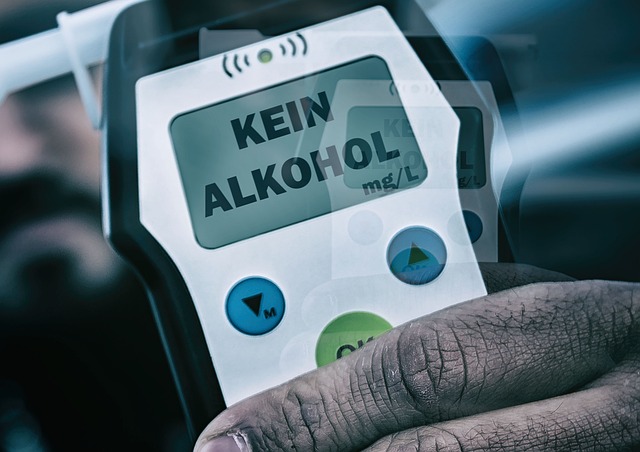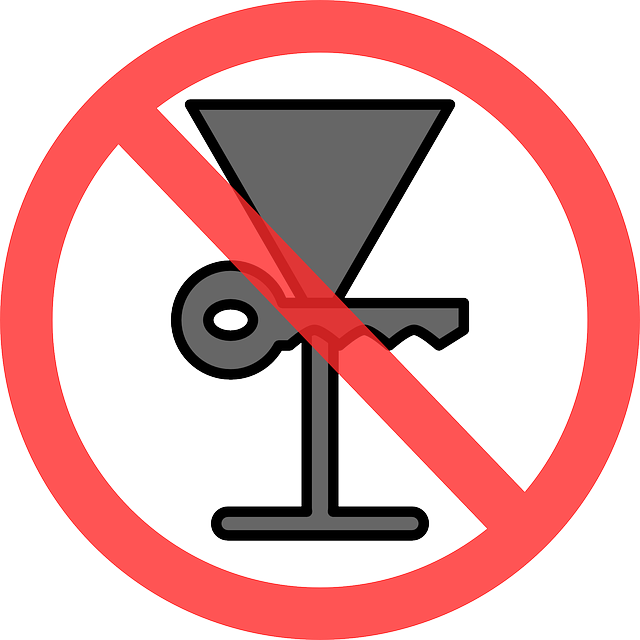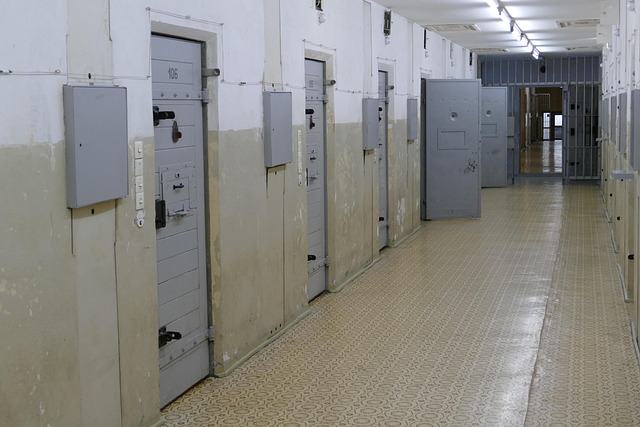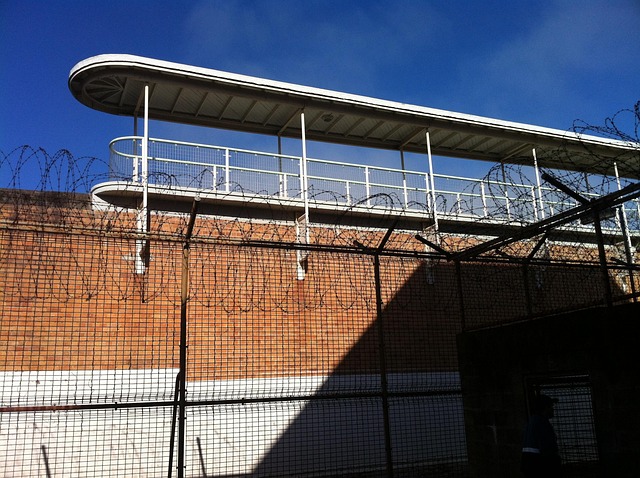Pedestrians have legally protected rights in public spaces, including safe street crossings and protection from vehicles, especially drunk drivers (DUI). Understanding these rights is crucial for advocacy and compensation. Safe streets reduce traffic accidents, greenhouse gas emissions, and foster social cohesion. Insurance companies adjust rates based on community safety measures, with higher rates for DUI incidents. Well-designed roads with features like pedestrian walkways and reduced speed limits significantly decrease crashes and insurance adjustments after DUIs. Global initiatives like Amsterdam's "Vision Zero" demonstrate that prioritizing pedestrian rights enhances safety and well-being, leading to lower insurance premiums through improved infrastructure and strict enforcement of traffic laws, including DUI regulations.
In today’s urban landscape, ensuring safe streets for pedestrians is paramount for community well-being. This comprehensive guide explores pedestrians’ rights and how they contribute to vibrant communities. We delve into the profound impact of safe streets on public health and safety, including the surprising connection to reduced crashes and insurance rate adjustments after DUI convictions. By examining global initiatives, this article offers strategies for promoting pedestrian safety in urban areas, empowering cities to create safer, more livable environments.
- Understanding Pedestrians' Rights: A Comprehensive Overview
- The Impact of Safe Streets on Community Well-being
- DUI and Insurance Rate Adjustments: What You Need to Know
- Exploring the Connection Between Safe Streets and Reduced Crashes
- Strategies for Promoting Pedestrian Safety in Urban Areas
- Case Studies: Successful Safe Street Initiatives Across the Globe
Understanding Pedestrians' Rights: A Comprehensive Overview

Pedestrians have rights, and understanding them is crucial for ensuring safe streets. In many jurisdictions, laws protect pedestrians’ freedom to use public spaces without fear of harm from vehicles. This includes the right to cross streets at designated crossings, the expectation of yielding by drivers when entering a crosswalk, and protection from reckless or negligent driving. Knowing these rights empowers pedestrians to advocate for their safety and hold accountable those who violate these laws.
When it comes to accidents involving pedestrians, especially after a DUI (Drunk Driving Under Influence), insurance rate adjustments play a significant role. Pedestrians injured by drunk drivers may be entitled to compensation, which can impact the insurer’s assessment of risk. Understanding both pedestrians’ rights and the potential for insurance rate adjustments is essential for navigating legal and financial complexities following such incidents, ultimately contributing to safer roads for everyone.
The Impact of Safe Streets on Community Well-being

Safe streets, free from traffic accidents and violent crimes, significantly contribute to the overall well-being of a community. When pedestrians feel secure while walking along sidewalks or across roads, it encourages a healthier lifestyle with increased physical activity through walking or cycling for daily commutes. This shift in transportation methods can lead to reduced greenhouse gas emissions, enhancing environmental sustainability. Furthermore, safe streets foster social cohesion and community engagement, as people are more inclined to interact and gather in public spaces without fear.
In the context of insurance rate adjustments after DUI (Drunk Driving Under Influence), implementing and maintaining safe street infrastructure becomes even more critical. Reduced pedestrian hazards can lower insurance premiums for residents, alleviating financial burdens associated with drunk driving incidents. Insurance companies often consider community safety measures when determining rates, making safe streets a collective responsibility that benefits both individuals and society as a whole.
DUI and Insurance Rate Adjustments: What You Need to Know

When a pedestrian is involved in an accident caused by a driver under the influence (DUI), it can have significant consequences for all parties involved, including insurance rate adjustments. Insurance companies often consider DUI-related incidents as high-risk events, which can lead to increased premiums for both the driver and potentially anyone found liable, such as property owners or businesses. This is because DUIs are statistically linked to higher chances of future accidents and legal claims.
In many jurisdictions, insurance rate adjustments after a DUI can be substantial, reflecting not only the immediate costs of the accident but also the potential long-term financial burden. Pedestrians who suffer injuries in such incidents may face not only physical and emotional trauma but also unexpected financial strain due to higher insurance rates. It’s crucial for both pedestrians and drivers to understand these implications and take proactive steps to ensure safety, such as adhering to traffic laws, reporting dangerous driving behaviors, and maintaining current insurance coverage.
Exploring the Connection Between Safe Streets and Reduced Crashes

Safe streets are not just a pleasant amenity; they are a critical component in reducing crashes and, consequently, insurance rate adjustments after DUIs. When roads are designed with pedestrians in mind, it leads to a significant decrease in accidents involving vulnerable road users. This is because well-designed streetscapes include features like dedicated pedestrian walkways, reduced speed limits, and improved visibility, all of which make the environment safer for those traveling on foot.
Moreover, communities that prioritize pedestrian safety often see a decline in aggressive driving behaviors. With fewer risks to pedestrians, drivers are less likely to engage in reckless maneuvers, thereby reducing the likelihood of crashes overall. This positive feedback loop not only enhances public safety but also influences insurance rates. Insurance companies, recognizing these trends, may offer lower premiums to residents of areas known for their safe streets, further incentivizing cities and towns to prioritize pedestrian well-being.
Strategies for Promoting Pedestrian Safety in Urban Areas

In urban areas, promoting pedestrian safety involves a multifaceted approach. One key strategy is infrastructure improvements such as dedicated walking paths, well-maintained crosswalks, and clear signage. These physical changes not only make it safer for pedestrians but also encourage active transportation, reducing reliance on motor vehicles. Additionally, community engagement initiatives like public awareness campaigns and training programs can empower pedestrians with knowledge about road safety rules and their rights.
Another crucial aspect is enforcement of traffic laws, including strict regulations for drivers after a DUI (Drunk Driving Under Influence). Insurance rate adjustments post-DUI serve as a deterrent, incentivizing responsible driving behavior. Efficient law enforcement ensures that drivers remain accountable, thereby enhancing overall pedestrian safety in urban settings.
Case Studies: Successful Safe Street Initiatives Across the Globe

Successful safe street initiatives have been implemented globally, demonstrating that prioritizing pedestrian rights can lead to significant improvements in community safety and well-being. For instance, cities like Amsterdam and Stockholm have embraced the concept of “Vision Zero,” focusing on eliminating traffic fatalities rather than simply managing risks. This approach involves reducing speed limits, implementing physical barriers to separate vehicles from pedestrians, and designing streetscapes that encourage slower driving and give priority to people on foot. As a result, these urban centers have seen substantial reductions in pedestrian-related accidents and fatalities.
Another notable example is the introduction of “Vision Zero” in Sweden, which has led to a dramatic drop in traffic deaths, including pedestrians. The strategy includes stricter laws and penalties for drunk driving (with Insurance Rate Adjustments after DUI) and enhancing street infrastructure to make them more walkable. These global case studies offer valuable insights for urban planners and policymakers worldwide, showing that making streets safer for pedestrians requires a multi-faceted approach combining policy changes, infrastructure development, and public awareness campaigns.
Pedestrians’ rights and safe streets are vital components of a thriving community. By understanding our legal protections, appreciating the profound impact of well-designed urban spaces, and learning about the ripple effects of reduced DUI incidents on insurance rates, we can collectively advocate for and implement strategies that enhance pedestrian safety globally. Let’s continue to push for change, ensuring that everyone can navigate their communities with peace of mind and confidence. Remember, safe streets lead to stronger, more connected neighborhoods.






